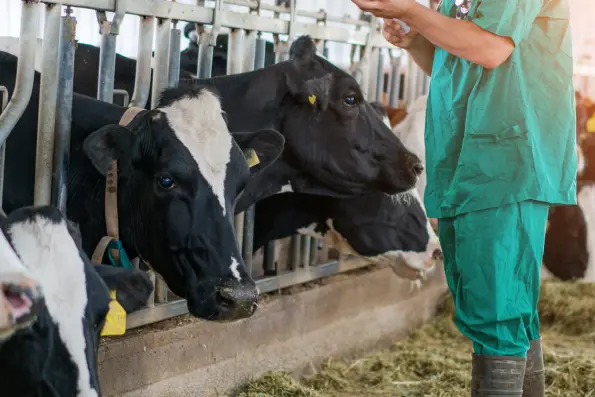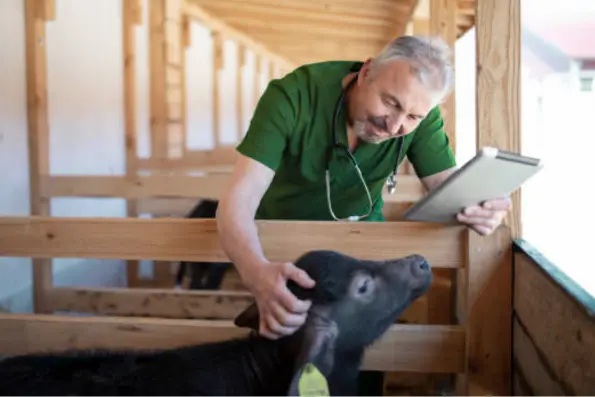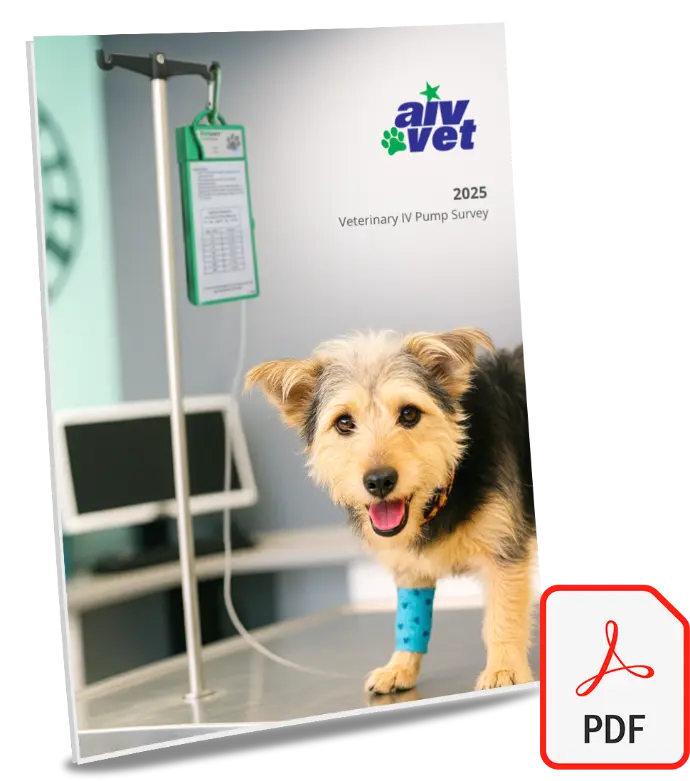The USDA just announced a comprehensive plan to tackle the rural veterinary shortage threatening America's food supply.
Today, 187 counties have zero veterinarians and over 500 counties are designated as veterinary shortage areas. In response, the USDA is offering up to $75,000 in student loan forgiveness for veterinarians who commit to serving these areas for at least three years.
But there are more factors than money that draw new vets to rural areas.
You work mostly from your truck. Your clinic might be a converted barn, a small office attached to your home, or most often, the fully-equipped vehicle you drive between farms.
You spend 50-60% of your time on farms handling everything from emergency C-sections in cattle to herd health planning. Another 20-25% goes to preventive care and serving as trusted advisor to farm families you've often known for years.
The USDA's loan forgiveness might bring new graduates to your community. But what makes them stay when they learn what you already know?
You're on call 24/7, covering hundreds of square miles solo or with maybe one or two partners, trying to serve both the dairy operation with 500 head and the local teacher's diabetic cat?
Our recent 2025 Veterinary IV Pump Survey of over 100 veterinary practices reveals a critical piece of this puzzle - the infrastructure and equipment challenges that determine whether your practice survives or thrives.

Why loan forgiveness alone won't keep new vets in your area
The USDA's program addresses the debt burden but it doesn't address what you know drives veterinarians away from rural practice. The grinding daily frustration of making do with equipment that barely works while trying to serve overwhelming demand.
You work solo or with a few partners. You don't have the patient volume of urban practices to spread equipment costs across hundreds of cases. Yet you need the same reliability - arguably more, since you can't refer complex cases elsewhere or call in a colleague when equipment fails.
Our survey shows 94% of veterinarians say cost drives purchasing decisions. Emily from Los Angeles captured the dilemma you face: "I look at repair costs versus the longevity of a new pump. The upfront expense of a new unit is high, but frequent repairs on older models can add up."
This is where strategic equipment choices become critical. Patient-ready Baxter 6201 pumps that have undergone thorough reconditioning provide the reliability your mobile practice needs without the premium price that your limited cash flow can't support.

Building infrastructure that prevents burnout (for yourself and the new vets incentivized to your practice by USDA loan forgiveness)
The lifestyle is demanding. You're on call constantly. You might drive 200 miles in a day. .
Our survey reveals what makes this sustainable versus what drives burnout. When 60% of veterinarians strongly agree that patient volume spikes make managing fluid delivery difficult, imagine handling those spikes alone, with no backup, as a new food animal vet, while equipment constantly fails.
Download our complete 2025 Veterinary IV Pump Survey to understand how practices nationwide handle these challenges.
The veterinarians who thrive in rural practice and attract new vets into the practice and grow during this USDA loan forgiveness period will build infrastructure that supports the unique demands of the work.
Reliable pumps that work in any environment.
Fluid warmers that maintain temperature regardless of conditions.
Equipment that transitions seamlessly between the dairy barn and the small animal clinic.

Creating your sustainable practice
The USDA's initiative recognizes the crisis. Without rural veterinarians, our food system is at risk. But bringing vets to your area is only the first step. Keeping them requires understanding what makes your demanding lifestyle sustainable.
It's not about fancy equipment. It's about equipment that works reliably. Pumps that don't need constant troubleshooting when you should be focusing on the animal in front of you. Building a practice where you can deliver quality care without sacrificing your own wellbeing.
When you invest in dependable infrastructure, you send a message to potential partners and new graduates that this is a practice built to last. When equipment works consistently, when you're not constantly fighting with technology, you can focus on what brought you to rural practice.
The independence.
The community.
The direct impact on America's food supply.

Ready to build infrastructure that supports your sustainable practice?
Download our 2025 Veterinary IV Pump report to learn how veterinarians across the country are solving equipment challenges while managing the unique demands of rural veterinary medicine.
Over 100 veterinarians shared their real experiences with equipment costs, reliability challenges, and purchasing decisions.
Sources:
AMVA | USDA announces plan to address rural, federal veterinary shortages
AIV Vet | 2025 Veterinary IV Pump Survey